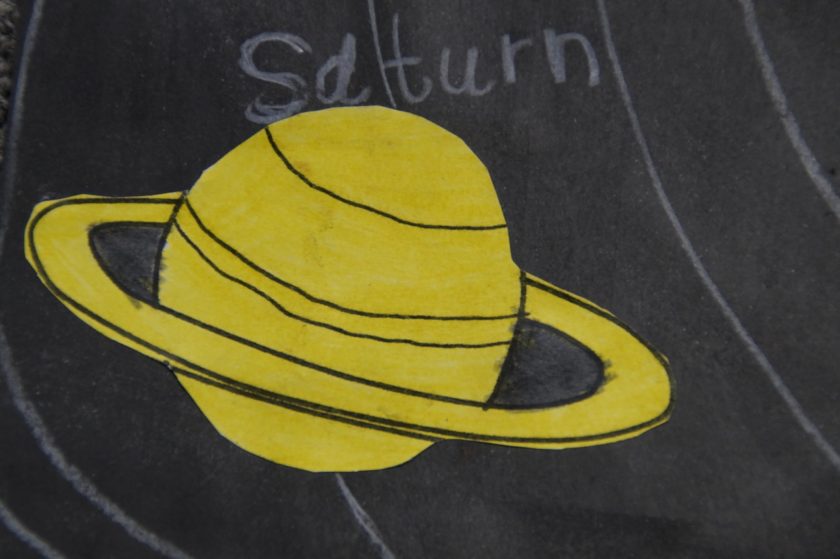Many kids are naturally curious about the night sky, and science fiction movies and television shows only fuel their interstellar interests. Parents and caregivers can also help foster that spirit of inquiry by providing children with information, planning activities, and organizing experiments to encourage young people to study the stars and everything else astronomy entails.
Covering the Basics
Indeed, astronomy includes more than just studying stars. In fact, this branch of science is the study of celestial bodies throughout our universe, including planets, moons, and stars, among others. Adults can help kids understand astronomy by first explaining that Earth is one of eight planets in our solar system, just as our sun is one of billions of stars. And kids might be amazed to learn our solar system is one of billions in the Milky Way galaxy, and the Milky Way is one of at least 100 billion galaxies in the universe.
So there’s definitely plenty to explore and observe, and a lot of it can be seen with the naked eye on a clear night. For example, kids and parents can look at the moon a few different times on the same night to observe how its position changes. Or you could practice finding and identifying constellations with the help of astronomy guidebooks or smartphone apps, many of which are specifically geared toward kids. These guides will also help kids find the five planets that are visible from Earth. Adults can then explain why the planets’ positions change depending on the season.
Hands-On Activities
Once kids understand how much there is to see in the dark, many kids might want to explore using binoculars or a telescope. And they can even build a basic one with an adult’s help. In fact, many of the materials you’ll need to construct a homemade telescope are available at any discount store. And you can easily find the types of lenses you’ll need from many online retailers.
Along those same lines, kids and caregivers can also construct their own “nanosatellite launcher” with some basic materials and tools they may already have on hand at home. They can then use their creation to launch a nanosatellite — in this case, a frisbee — high into the sky.
For another daytime astronomy experiment, start by gluing a wooden stick to a piece of cardboard so it creates a visible shadow, then place the cardboard on a spot where it will be exposed to the sun. Mark the point on the board where you see the tip of the shadow and note the time of day. Keep the cardboard oriented in the same direction and mark the end of the shadow at the exact same time each day or each week. Over the days and weeks, you’ll notice the position of the shadow changes because the Earth’s location around the Sun is changing continuously, as are the length of the days.
And here’s another experiment that can be conducted indoors or out between stargazing sessions: fill a shallow basin (such as a clean kitty litter box) with about an inch and a half of unbleached flour. Then sprinkle a little cocoa on the surface. Using pebbles of various sizes to double as meteors, you can experiment how the size, speed, and angle of the “meteors” affect the size and shape of the craters they create in the flour. The cocoa will make it easier to observe and record these variations. Cap the observational experiment off by looking up photos of actual craters on the surface of the Earth and moon. Finally, you may even want to use a telescope to take a closer look at the moon’s craters during your next outdoor adventure.
Many kids will find these astronomy activities fun and interesting. And, not only will they learn some basic concepts of the ancient science, they’ll discover they don’t even need to leave their backyard to become space travelers.
Image via Pixabay

